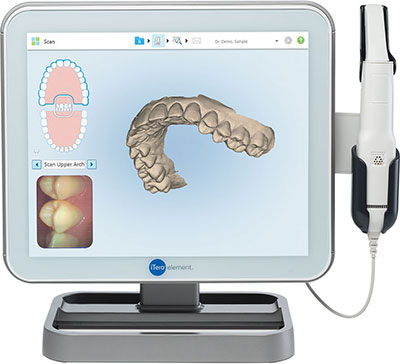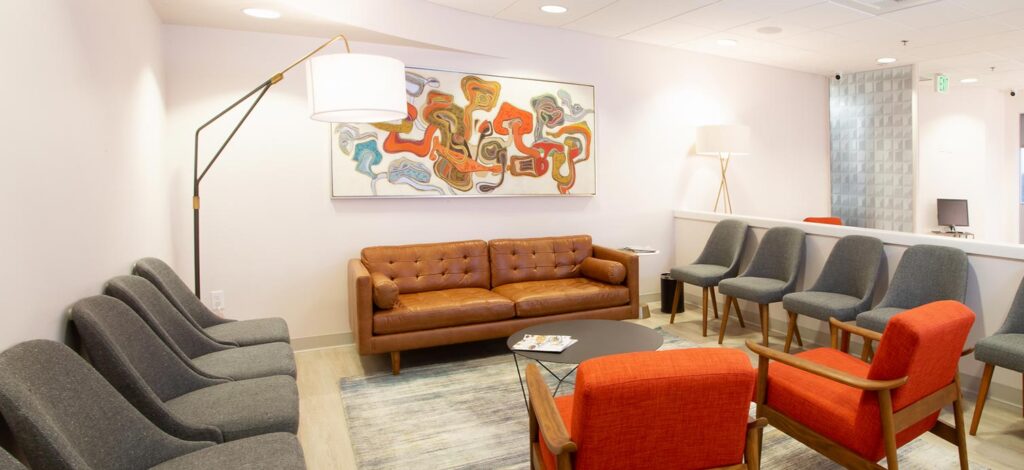Dental Technology
Planmeca ProMax®
The Planmeca ProMax® is an imaging device that produces any and all required images for diagnosing the maxillofacial region – from the smallest specialized cases to images of the entire skull. This highly advanced x-ray machine uses the Planmeca Ultra Low Dose™. This machine allows us to compile a vast amount of detailed anatomical information at a very low patient dose, something we are proud to offer our patients.

ITero® Element
The iTero® Element is an intra-oral 3D scanner that enables the doctor to take a 3D digital scan of the patient’s teeth and bite, make adjustments in real time, and transmit the file for processing. Before, with traditional impressions and plaster models, this process was impossible. Now, with a 3D model of a patient’s teeth and bite, the doctor can manipulate the teeth in computer software and apply gradual changes to the model. This helps guide treatment and makes the treatment information easy to understand for the patient or parent.
OrthoPulse®
OrthoPulse® is an established device that uses low levels of light energy to stimulate the bone surrounding the roots of your teeth and facilitate tooth movement which may reduce treatment time for braces or clear aligners.
OrthoPulse® is the first device of its kind cleared by the FDA for use with both braces or clear aligners.
OrthoPulse® uses well-established, low intensity near infra-red light technology to gently facilitate orthodontic tooth movement which may reduce orthodontic treatment time.
The Formlabs 3D Printer
The Formlabs 3D printer we have in office is a 3D printer that allows us to take the model produced by the iTero scanner and print an exact plastic replica of a patient’s teeth. While the doctor prescribes treatment in the model’s 3d software, the gradual changes can be printed on the Formlabs printer to begin a process knows as IDB. Because the printer can print an exact (within .25 microns) replica of a patient’s teeth, the doctor can use that printed model as if it were the patient’s actual teeth. The doctor can familiarize themselves with the model in a way they never would be able to do, regularly prescribing treatment by looking in the patient’s mouth. We are only able to do this because the printer has the capability to print an exact replica of a patient’s teeth. The doctor can also apply braces to the 3D printed model and find the ideal spacing of brackets and length of wires, for any given patient, before the patient arrives for their appointment. Appointment times are shorter, treatment is faster, and our office does not have to outsource any medical information regarding the patient.

